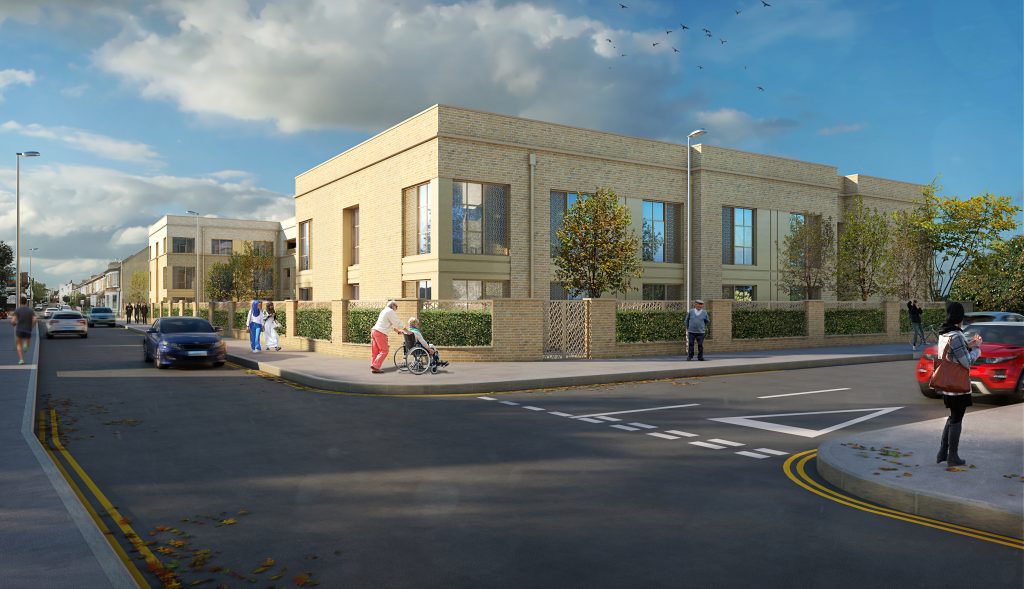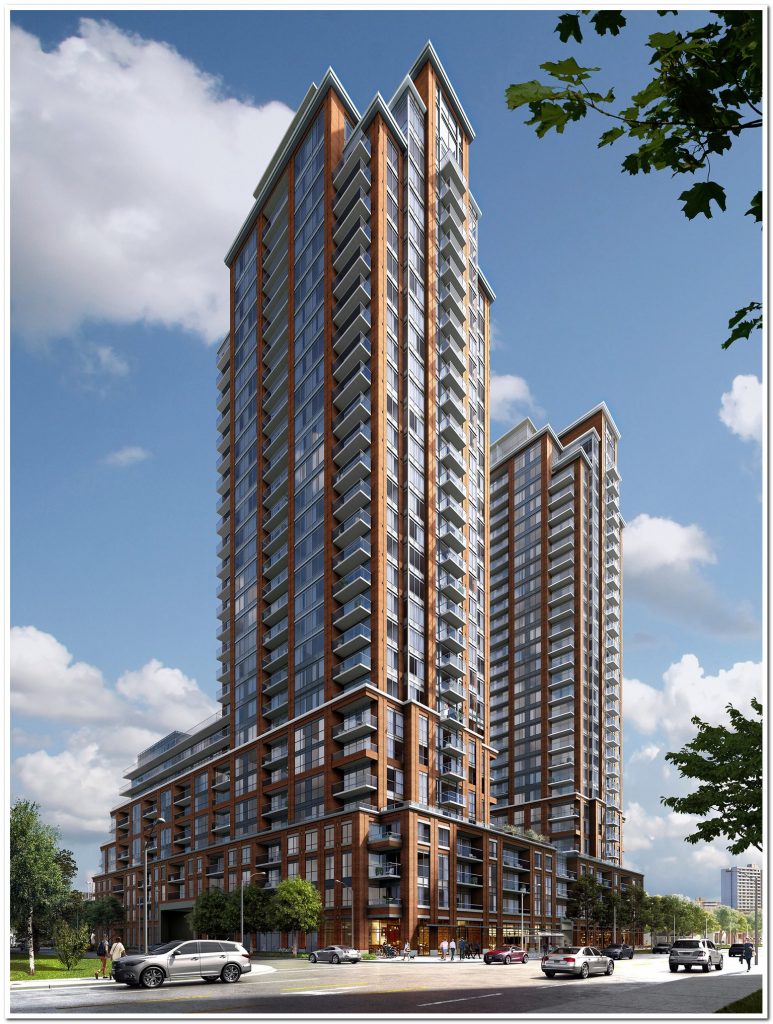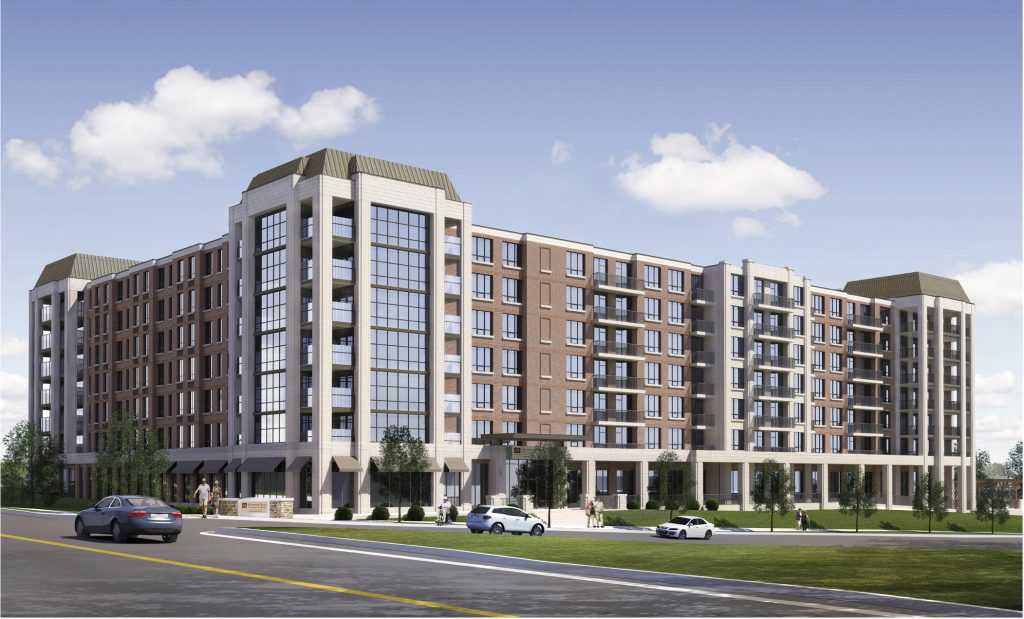Vertical Care Villages
Date
July 3, 2019A recent article in the UK press reported that the elderly care system in England is falling apart with “care blackspots” emerging. An analysis carried out for Age UK indicates that up to one in four postcode areas in England are blackspots – areas without residential care beds, even for those who are able to pay. The situation is even more alarming for nursing home beds – required for the frailest – with more than 60% of postcode areas having no places.
Circumstances exacerbating care blackspots
There are many reasons leading to care blackspots. They develop because the providers – either local authorities or private care homes – cannot deliver the capacity required, or because there is insufficient staff to deliver the care. The number of empty posts for social care workers has tripled over the last five years / Age UK also estimates that public spending on social care has declined by £160m in the last five years despite rising demand.
Generally speaking, for those who can afford social care and live in a town or city, the grass is marginally greener, however there are big variations by region. The cost of the care is expensive and not always in their first choice location. Our own experience tells us that care homes, as well as retirement living developments, are generally being built outside city centres, in suburbia or smaller towns. Whilst there is nothing wrong with this approach per se, it means that the scale of each development is limited by the size of the site available, as well as height restrictions – suburbia or small towns are unlikely to support a development taller than two or three storeys.

Low-rise seniors facility in Kingston upon Thames, England
With around 3.6m of the population currently over 65 years old and a predicted 8% rise by 2066, what is needed is the long awaited government green paper on a new long-term funding model to reform the provision of social care. There are also international examples of how more integrated models of inter-generational living could help with the provision of elderly social care.
Exploring the vertical care village

Pinnacle Toronto East in Toronto, ON
Some of our clients are trying to tackle the shortages of qualified staff by combining affordable housing development with the care home or extra care, as well as providing a nursery on site, to the benefit of staff, care home residents and the wider community. Needless to say, this is not easy, again often limited by the size or availability of sites as well as restrictions on building heights.
It is worth proposing and investigating models for high rise care homes, as well as developments that combine apartments for older people (extra care) and affordable housing with nursery facilities in town and city centres. There have been some examples of high rise office buildings being converted into extra care developments, as well as intergenerational developments, but no examples of buildings which offer care and/or nursing home accommodation, apartments for more independent elderly as well as housing for the care staff and their families with a nursery on site.
Vertical stacking of apartments and/or care bedrooms would also cater very well for the needs of people with dementia, as there would be virtually no corridors, and communal areas would be located at the heart of each household. Outdoor space for each level could be provided by well-designed sun rooms. Needless to say, the model would need to comply with the most stringent of fire protection and evacuation procedures.
In a vertical village development model, residents and staff would benefit from being able to live in the city centre, close to all amenities with opportunities for intergenerational interaction between the care home/apartment residents and children in the nursery. Staff living in the development would not have to commute or worry about childcare, which should assist both in recruiting and retaining the best skilled care staff. Mixing apartments and the care home with shared communal facilities ensures the mix of residents that keeps a care home active and reduces the stigma of the care home being the place for end-of-life care.
Vertical care villages, with or without housing for the care staff, are uncommon in the UK, however new build precedents have been set by Battersea Place, London which offers 1,2 and 3 bedroom apartments and penthouses overlooking Battersea Park with a range of hotel-inspired amenities and 24 hour care; Nightingale Place by Audley Villages in Clapham, London; and the Extra Care Charitable Trusts’ Solihull Village, Birmingham with 260 apartments.
International precedents
The move towards vertical care villages is a common concept in Canada with IBI successfully working with many of their clients in developing various models of vertical villages where the seniors’ communities are located at the heart of the city. Whilst each offers a different model and experience for their residents, the common theme is that these developments provide independent living as well as dementia and nursing care in the same development, in essence combining care home and retirement living. The approach is similar to extra care developments in the UK, but whereas extra care is only available in the affordable sector in the UK, Canadian developments cater both for affordable and private sector allowing mixed communities and aging in place.
Canadian developments consist of a minimum of 150 apartments, varying from studios to three bedroom apartments. Often the unit numbers are in excess of 200, ensuring numbers of residents that are required to make the communal facilities such as cinemas, cafes, bars and restaurants located in the development viable.

800 Montreal Road in Ottawa, ON
With resident numbers like this, the developments are generally taller than UK developments. Located in city centres where the height is not an issue, unlike in suburbia, where the height of the development is often limited to three storeys, maybe four, limiting the numbers of the typical UK development to 60-80 apartments.
Care provision is in the midst of change due to funding and demographic pressures. Whilst this is alarming, it also provides opportunities for new ways of thinking and new approaches for overcoming the problems. We believe that there are valuable lessons that can be learned from the Canadian market, helping suggest fresh ideas to the UK care providers and developers to tackle UK-specific problems, looking at different ways of delivering care and benefitting from lessons learnt.
Maarit is an experienced, Chartered Architect with years of experience in high profile and award-winning sheltered and extra care housing, retirement villages and care homes located throughout the UK. Maarit specializes in architecture and design for over 55’s, designing bespoke and inspiring residential architecture which allows for flexibility within the design for changing needs and individuality of the residents with a consideration to their health and well-being. Each design is a unique response to the site and brief, and developed through a dialogue with clients and end-users. During her career, her designs have achieved several awards for design quality, most recently at Healthcare Design Awards 2018 and Housing Design Awards 2017. Maarit has designed retirement living developments worth £20m+ in value. Working with some of the largest local authorities, charities, housing associations and private developers in the UK, her knowledge has provided her with the best practice knowledge and innovation in this sector.









